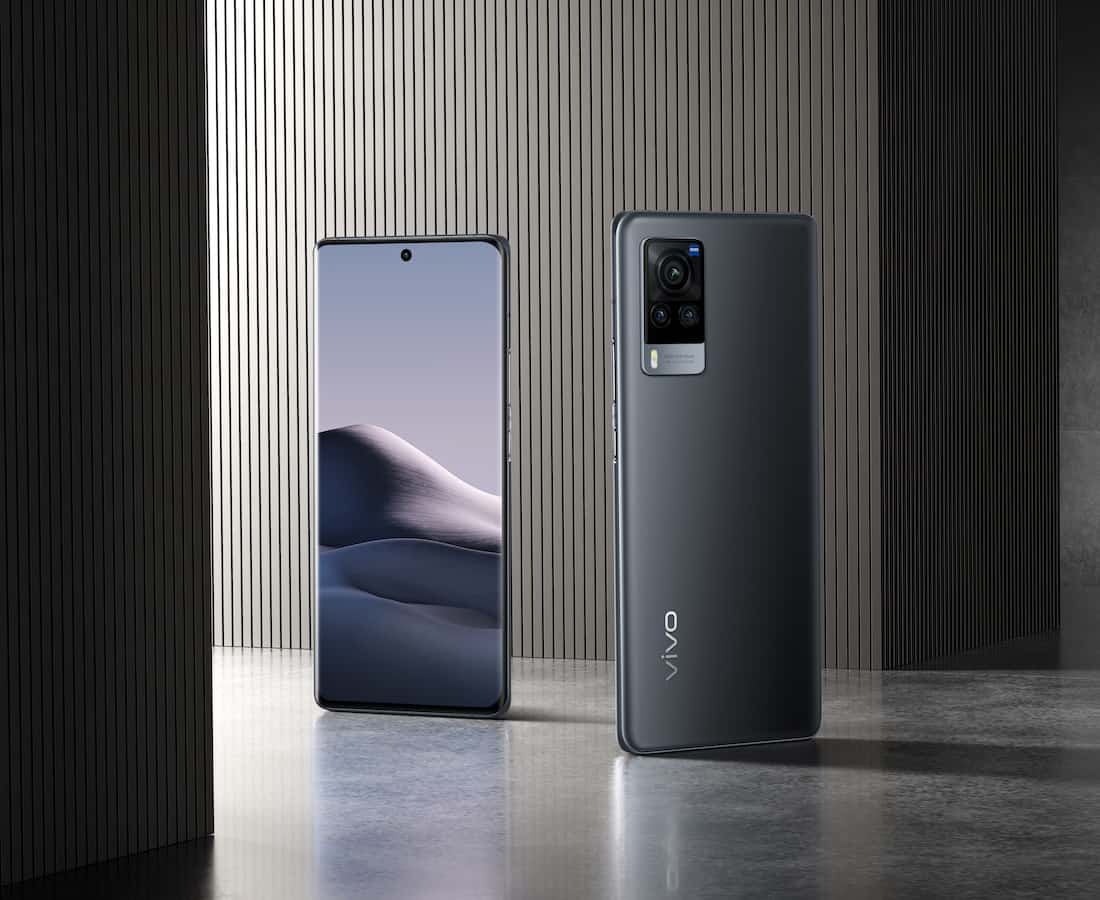Review: Vivo X60 Pro Captures Beautiful Moments with ZEISS Imaging System and Gimbal Stabilisation

PUBLISHED August 3rd, 2021 03:00 pm | UPDATED August 6th, 2021 11:54 am
For a long-time user of the Apple ecosystem like myself, there wasn’t much of an incentive to switch to an Android phone – until the Vivo X60 Pro came my way. The Chinese company’s flex presenting the recently-concluded EURO 2020 closing ceremony is reflected in their compact flagship design with a whopper of a camera.
Design & Build

The X60 Pro is eye candy. The ‘Midnight Black’ model is sleek and subtle while the back of my ‘Shimmer Blue’ reflects a whole spectrum of colours depending on how it catches the light. Despite the relatively large 16.6cm display and 256GB storage, the X60 Pro weighs in at just 179 grams with a 7.7mm width (the black model is a tad slimmer and lighter).
The feel of the phone in hand is great too; courtesy of comfortably curved edges and the satin finish of the anti glare glass coating. and a strangely appealing softness to the frosted glass finish. Along the right edge of the handset is the power button and volume rocker, which are within reach one-handed. Sorry wired headphone fans, the X60 Pro doesn’t come with a headphone jack, but it does fit in pockets in spite of the stepped camera module.
Display

Housing the Vivo X60 Pro’s fingerprint sensor – which hasn’t failed me in the last three weeks – the display is curved AMOLED (active matrix organic light emitting diode) that supports 120Hz refresh rate. It runs effortlessly, even when switching between messaging, mobile gaming, and taking photos. Colours are bold and bright with an impressive contrast; with its HDR10+ certification, watching videos and dramas on it is a treat.
Camera
On to the main focus of the phone, the three rear cameras and the front 32 megapixel camera. This is the first time ZEISS Biotar Portrait Style is available on Vivo’s smart phones, making selfies and wefies a lot easier with the ability to render center sharpness and harmonious bokeh even in more challenging light conditions.

The star, though, is 48 megapixel rear camera. Its performance generally exceeded expectations, with sharp, bright stills reflecting plenty of detail that are almost Instagram ready. The built-in gimbal stabliser is pretty effective – be it photographing moving objects or countering the effects of shaky hands. Supplementing the main snapper are the two ultrawide and portrait lens are at 13 megapixels each – they’re good enough but don’t get as much detail compared to the main camera.
It’s worth noting that night mode – supported across all the lenses – doesn’t add much as Vivo seems to already have taken into account low lighting in the main photo mode. Another area that could be improved is the post-processing. Wider photos of in green spaces or horizons could be ‘fixed’ better, but nothing a photo editing app can’t help.
Battery & Charging

Folks that aren’t heavy mobile users – responding to texts or streaming music – will find themselves getting through the day easy. There’s no support for wireless charging, but the good thing is that wired charging is decent at 33W via USB-C, a half an hour charge got my model back up by 60%. If you’re prone to battery jitters, the Vivo X60 has a battery-saver mode that reduces the drain like most other phones.
Verdict
As a user whose phone is a tool for communication, engaging on social media, and taking too many photos of my cats (and food), the Vivo X60 Pro has all I need for working and living. Those who require more niceties like a IP rating (for dust and liquid resistance) and the best processor might want to look elsewhere.
The Vivo X60 Pro is retailing globally.


